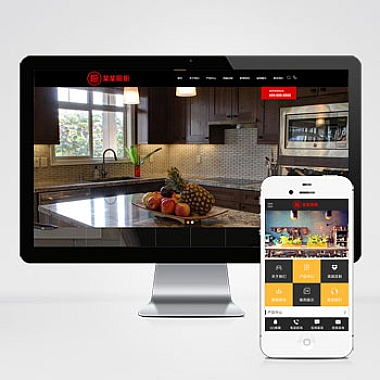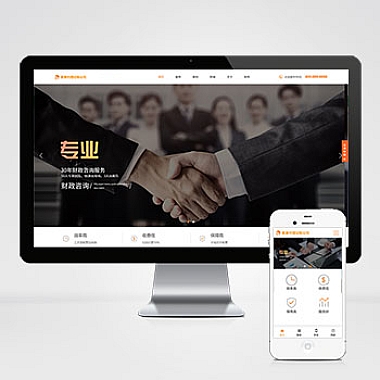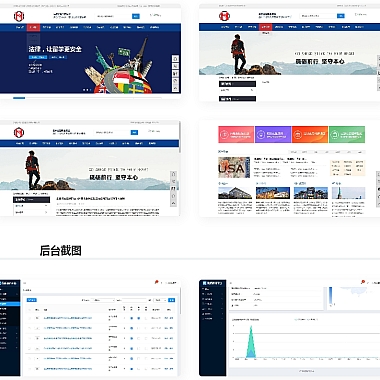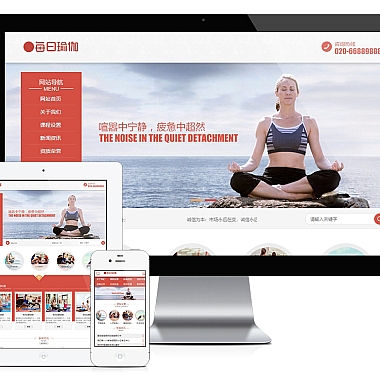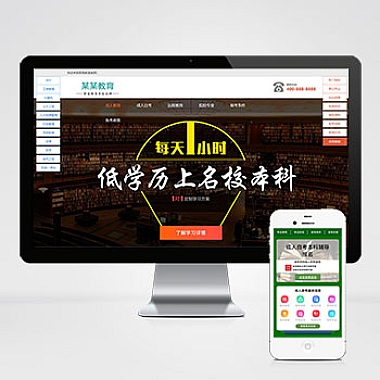vue3的props使用方法
在Vue 3项目开发中,父子组件间的数据传递是一个常见的需求,而props是实现这种数据单向流动的重要方式。如何正确地使用props,并提供几种不同的实现思路。
一、解决方案
父组件通过属性的形式向子组件传递数据,子组件通过props接收这些数据,并且可以对传入的数据进行类型检查和默认值设置等操作。这有助于保持组件之间的清晰界限,使代码更易于维护。
二、基础用法
1. 父组件传递数据
html
<!-- ParentComponent.vue -->
<div>
</div>
</p>
import ChildComponent from './ChildComponent.vue'
const parentMessage = 'Hello, child component!'
<p>2. 子组件接收数据
html
<!-- ChildComponent.vue -->
<div>{{ message }}</div>
</p>
// 定义 props 来接收来自父组件的数据
defineProps({
message: String // 声明接收一个名为 message 的字符串类型 prop
})
<p>
三、进阶用法
1. 类型验证与默认值
除了基本的数据传递外,还可以对传入的数据进行更严格的限制。
```html
defineProps({
title: {
type: String,
required: true // 必填项
},
count: {
type: Number,
default: 0 // 设置默认值
}
})
</p>
<h3>2. 多个 props 传递</h3>
<p>当需要传递多个数据时,可以一次性定义多个<code>props。
```html
import Child from './Child.vue'
const userInfo = { name: '张三', age: 25 }
html
<!-- Child.vue --></p>
defineProps({
user: Object,
isActive: Boolean
})
<p>3. 使用 toRefs 解构 props(可选)
有时候我们希望像解构对象一样直接使用props中的属性,但要注意这种方式会失去响应式。
```html
import { toRefs } from 'vue'
const props = defineProps({
message: String
})
const { message } = toRefs(props) // 保持响应式
```
以上就是关于Vue 3中props使用的多种方法,根据实际项目需求选择合适的方式,可以使组件间的通信更加高效、稳定。





